Click to view our Accessibility Statement or contact us with accessibility-related questions
















Showing 1 of 1093 conversations about:
fjrabon
456
Jul 16, 2016
bookmark_border
fjrabon
456
Jul 16, 2016
bookmark_border
heyandynthe Grace's DAC is better than the Modi2, by a subtle, but noticeable amount, IMHO. The m9XX has a much better regulated power supply, and is less susceptible to dirty USB. It also seems to me to sound more "analog" than the M2 stack. The amp portions are a matter of taste. To me the m9XX is a bit smoother as an amp than the Magni, which is an advantage with the HD800. They will both "require" an EQ adjustment as they both have well extended highs and low output impedance, ie you don't get the artificial EQ that a high output impedance tube amp will add, and you don't get rolled off highs of some tubes either. However, I'm of the opinion that this is better done with DSP than "amp synergy" as amp synergy fixes issues by accident, DSP (when done with quality tools and correctly) fixes the actual "problem." Many will disagree with that, but I stand by it.
I do think that a great tube amp, with a super top notch beefy power supply, can squeeze out a touch more performance, and add a smidge of 2nd order harmonics that suit the HD800 well, but the former is beyond subtle and the latter is a matter of taste.
I do think that a great tube amp, with a super top notch beefy power supply, can squeeze out a touch more performance, and add a smidge of 2nd order harmonics that suit the HD800 well, but the former is beyond subtle and the latter is a matter of taste.
fjrabon
456
Jul 17, 2016
bookmark_border
JamesXSure. I still think the m9XX is a better implementation. Chips aren't everything when it comes to DACs. The chip was never the weak point of the modi. I can't really hear a difference between the two AKM chips. The modi is very good for the money but I feel Grace did a better job with the rest of the unit. This is obviously my opinion.
CatsPajamas
0
Jul 18, 2016
bookmark_border
fjrabonCan you elaborate on how best to EQ the m9XX to maximize it's potential?
fjrabon
456
Jul 18, 2016
bookmark_border
CatsPajamasIt depends more on your headphone than it depends on the m9XX. You take the measurements of whatever headphone you have according to your desired reference curve and then mirror those as best you can. Sonarworks will do this for you if you happen to have one of their profiled headphones or send your headphones in for measurement.
CatsPajamas
0
Jul 18, 2016
bookmark_border
fjrabonI see. My setup is mid-fi at the moment, with the Philips Fidelio X2's (and the m9XX, as mentioned). Those cans aren't in the list of profiles.
fjrabon
456
Jul 18, 2016
bookmark_border
CatsPajamasYou can do it "by hand" with a good parametric EQ by mirroring listed measurements from innerfidelity.

Uzuzu
1431
Jul 19, 2016
bookmark_border
CatsPajamasno point in EQ'ing the x2's. The whole point of headphones and particularly that one is their characteristics (x2 with the wide soundstage and exaggerated low end) and their different sound signatures. Maybe you should buy a headphone that reflects the sound signature that you want out of a headphone, rather than EQ'ing a headphone. After all the ideal headphone would be one that required no EQ among any source you used.
fjrabon
456
Aug 9, 2016
bookmark_border
UzuzuTo me the ideal headphone is one that has large soundstage, incredible dynamic performance, extremely low distortion and a good profile of THD. Because of those aren't right, there's no way to adjust. Once you've really culled the pack based on those qualifications, we are talking about maybe 10-15 headphones in the world that are commercially available that are elite in those areas. it may be the case that none of them really fit exactly what you're after frequency response wise. A good EQ implementation fixes that more or less 100%.
When it comes to headphones I am using on my phone, the story changes quite a bit, as there aren't currently any really good EQ programs for iPhone or android. Some are decent, but nothing like a top notch 64 bit linear phase DSP EQ. so there frequency response is all important.
However, on my big rig, frequency response is maybe the 8th most important thing, IMHO. worry about the things that you can't fix first, then worry about the things you can.
When it comes to headphones I am using on my phone, the story changes quite a bit, as there aren't currently any really good EQ programs for iPhone or android. Some are decent, but nothing like a top notch 64 bit linear phase DSP EQ. so there frequency response is all important.
However, on my big rig, frequency response is maybe the 8th most important thing, IMHO. worry about the things that you can't fix first, then worry about the things you can.
Detomaso2
54
Aug 12, 2016
bookmark_border
fjrabonI'm not a sound technician, but I still wonder What's the goal of EQing? You're just destroying the work of the sound engineer who want is song to sound the way he wanted. For example, I don't like clarinet, nor Celine Dion's voice (for me, it sound the same! lol). Am I gonna "tweak" those instrument until it fit to my taste? No! I want them to sound as real and truth to the reality! By EQing, you're also rising noise floor level!
fjrabon
456
Aug 12, 2016
bookmark_border
Detomaso2There can be many aims to EQ. The one I am talking about is getting the response of the headphone to a neutral reference point. Music is usually mastered for speakers, not headphones and no headphone has ever measured as perfectly neutral. In fact the EQ program I use was created by professional engineers to fix the very problem you're accusing EQ of creating, i.e. getting everybody to a neutral reference point.
Well implemented EQ doesn't do anything to the noise floor.
Well implemented EQ doesn't do anything to the noise floor.
Detomaso2
54
Aug 12, 2016
bookmark_border
fjrabonThx for your knowledge! But would it be more a crossfeed issue (speaker vs heaphone)? As you probably already know, heaphone are "binaural" and not "stereo" because of lack of crossfeed.... Except semi-open heaphone on which left channel will " bleed" on the right with some delay because it has to travel around your head and vice-versa....
fjrabon
456
Aug 12, 2016
bookmark_border
Detomaso2Crossfeed is one issue with headphones, yes. Frequency response is another. To truly start getting a "what the producer/artist/engineer intended" sound with headphones you have to fix both the crossfeed and frequency response issues.
For crossfeed I use goodhertz CanOpener and for frequency response issues I use sonarworks.
For crossfeed I use goodhertz CanOpener and for frequency response issues I use sonarworks.
Detomaso2
54
Aug 12, 2016
bookmark_border
fjrabonYoure right! Sorry, i didn't read correctly your previous post...you mean trying to flattened the frequency response of the headphone itself as measured in the laboratory, as we know there's no drivers or speaker that have a flat frequency response...all my apologies......mmmmm.....here's my question: Does engineer use "calibrated" headphone or they adjust themself with the type of headphone in use?
fjrabon
456
Aug 12, 2016
bookmark_border
Detomaso2This will probably explain it better than I can: http://sonarworks.com/headphones/overview/
Detomaso2
54
Aug 13, 2016
bookmark_border
fjrabonThx for the info! Very interesting idea fron Sonarwork! Should give a try someday!

Uzuzu
1431
Aug 19, 2016
bookmark_border
Detomaso2technically headphones are designed to take into account that sound isn't designed for headphones. Meaning headphones are meant to sound the way they sound plugged in. Meaning they are always designed to sound the best, whether that be an engineer that wants that flat curve, or the person wants 'fun' headphones. EQ also lowers fidelity by compressing bands, a bit no no for me. Even if you EQ two different cans to about the same response, they will sound different.
You should be able to know in a market if the headphone sounds good or if you need external work. The goal for most of us is to find a headphone that will take us to a nirvana, that will always work the best for every situation while sounding the most enjoyable too. It's unrealistic but the fact the potential always increases makes us follow the audiophile dream.
Moral of story (TLDR): EQ'ing isn't audiophile and kills the audiophile spirit.



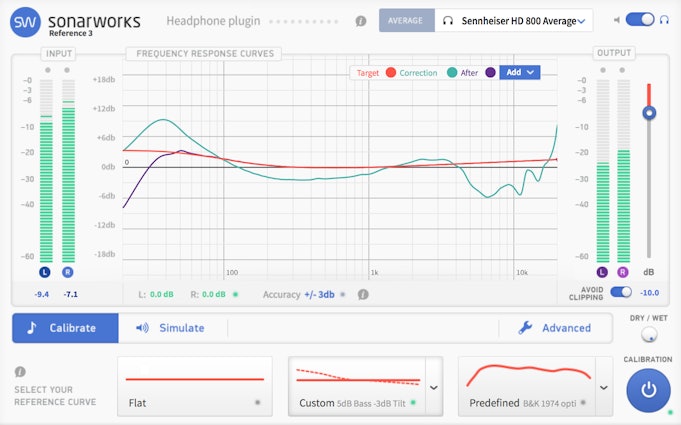
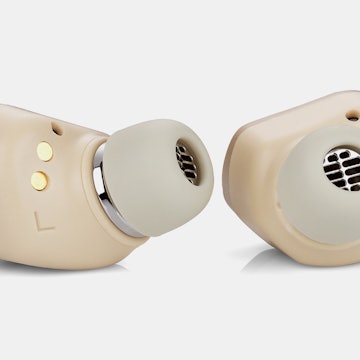
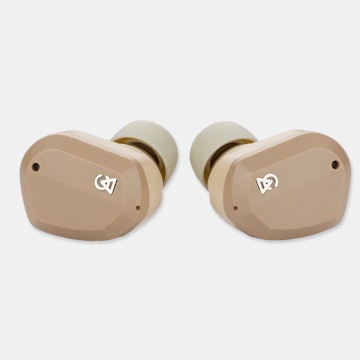
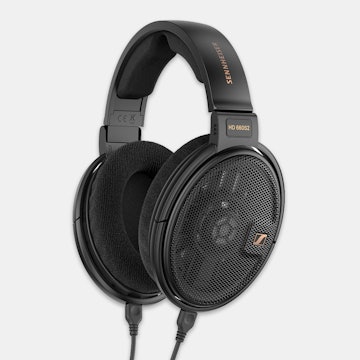
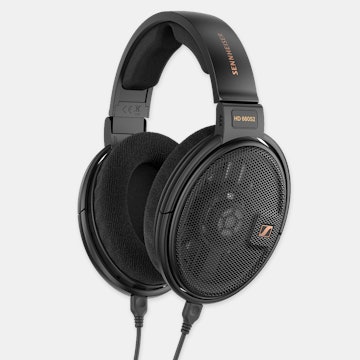
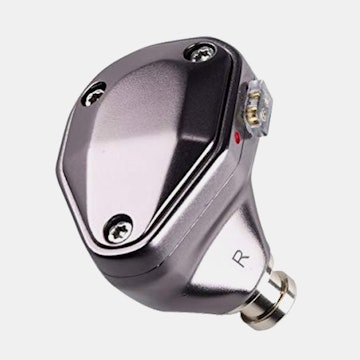
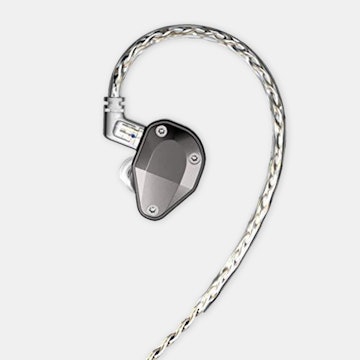
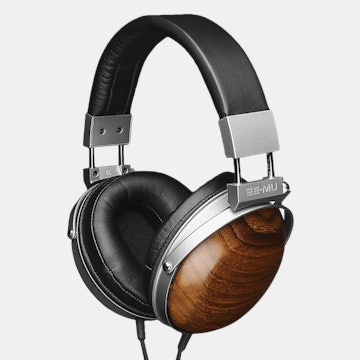
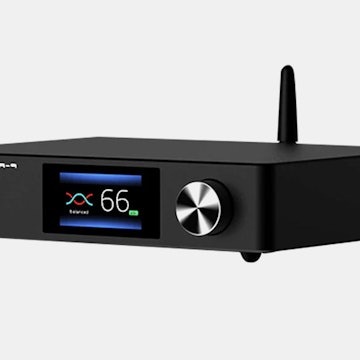
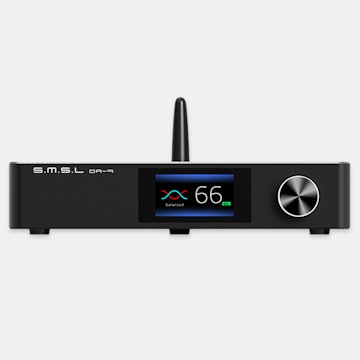
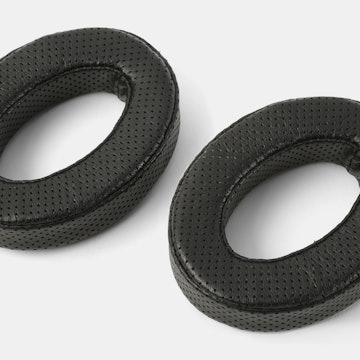
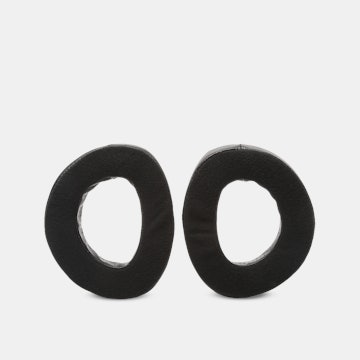

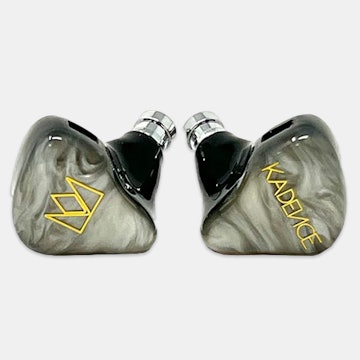
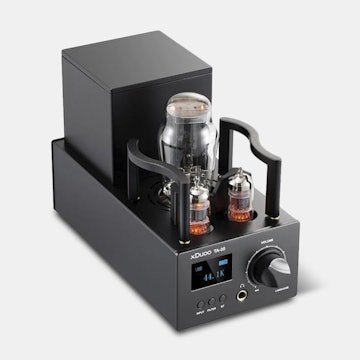
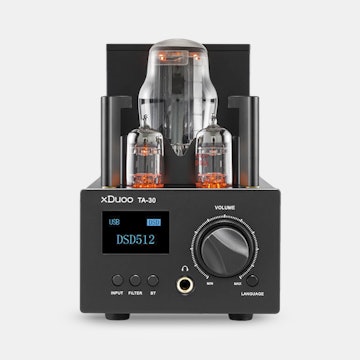
1) un-EQ'd it's a bright pairing. Not harsh per se, but definitely bright and lacking bass extension. This, however, is simply how the HD800 sounds. The flip side is that it's a supremely detailed, spacious, dynamic, fast, transparent pairing as well. With Filter 2 on and crossfeed off, the soundstage is spacious, but a bit unnatural and disconnected. Crossfeed reconnects the soundstage. With the Grace's crosfeed, most headphones can get a little bit claustrophobic, sounding less headphone-y, but also less spacious. With the HD800 however, it takes the HD800s gigantic, but a bit artificial sounding soundstage and makes it startlingly realistic. I've heard bigger soundstages, but I've never heard a more realistic soundstage than this pairing (well, except what I'm about to talk about next). While I like this sound (HD800 + m9XX + Grace crossfeed, no other adjustments), it's clearly a thin sound. A detailed, dynamic sound, but yes, thin. It works for a lot of recordings extremely well. But on some recordings, especially rock recordings, it leaves a bit to be desired in the visceral impact of the music. It's like the soul got sucked out. The soundstage is also a smidgen less large than I'd ideally like, but is also perfectly acceptable.
2) Enter the above with the Sonarworks plug in. For those who don't know, this plug in simply takes measurements of the HD800, and inverses them to match your target frequency response curve. With the sonarworks plug in, we get all the benefits of the above, plus a startlingly lifelike timbre. The bass is full when it's supposed to be, the highs are delicate yet never harsh. The midrange is accurate, flipping from lush to urgent as the music does so.
One thing to note with the Sonarworks plug in is that it requires you to run your amp at a higher power level, as it limits the input signal so that it doesn't move in to clipping. With the curve I use, I usually have to run the m9XX about 8 dB higher than I do when using the HD800 unEQ'd. So, if you're a very loud listener, you might start to get into the 90s, where the Grace is slightly less clean, or if you listen crazy loud you may actually run out of power. I personally haven't gone over 85 with the sonarworks plug in, but it is something to be aware of for people listening very loudly.
3) The final piece de resistance for me was the Goodhertz can opener crossfeed DSP plug in combined with Goodhertz's free mid-side matrix plug in. I like the Grace's crossfeed circuit a lot, but it's non-adjustable and they clearly erred on the side of being conservative with it. Which was a good choice given the variety of music and headphones that would be running out of the Grace. However, to me, it always ended up sounding a tad bit like it wasn't enough, but also that it was too much. ie the crossfeed circuit narrowed the soundstage too much, while also not completely connecting it. When I say "connected" about soundstage I mean the ability to turn the natural headphone soundstage of "hard right, middle, hard left" into a continuous, smooth soundstage with no "drop outs". With the Grace's crossfeed there was still a tiny bit of drop out at about 2 oclock and 10 oclock. With the Goodhertz crossfeed system I was able to get it so that the soundstage was completely connected seamlessly. If I kept my head still and closed my eyes, envisioning musicians on a stage, I would get that magical "things slip away and you think you're there" experience faster and more dramatically than any other headphone setup I've experienced. However, the soundstage was a bit closed in even though it was realistically connected. That's where the mid-side plug-in came in to play. Giving the sides a 3.5dB boost I was able to "stretch" out the soundstage, without making it disconnected again. I was able to experience a full, connected soundstage that was also wide, deep and spacious.
Putting this all together is the most wow experience I've ever had with headphones. I got the transparency and dynamicism that only a headphone like the HD800, Abyss or SR009 can deliver. However, I get a much more balanced sound than any of those headphones come with stock. Timbre sounds absolutely spot on. I've heard Joshua Bell's violin in real life from 20 feet away and this sounded exactly like that. Spacial cues are interpreted and reassembled better than I've ever heard a headphone do. The sound somehow manages to be simultaneously analytical and musical. If I want to peer into the detail I can just try to focus on it, if I want to sit back and relax and enjoy it, that's totally possible too, it doesn't smash you over the head with harsh detail saying "LOOK AT ME" the detail is there, if you want it, but it can blend if that's what you want as well. It's up to you and how you want to focus on your attention. You can pay attention to a given instrument, hear the pluck of the guitarist snapping with nails and notice the difference between a flat pick. Or you can "step back" and take in the totality of the band. It's the closest sound I've ever heard to the pair of $250,000 Focal speakers I get to listen to every so often. Obviously not 100% there (headphones will never have the full body impact of speakers and with headphones as soon as you turn your head, the illusion falls a bit, as your brain expects the sound to change and it doesn't). But dang startlingly close for around $1500 total (HD800 $850, Sonarworks $79, m9XX $499, canopener $79)
So, that was a lot of words, and the m9XX barely got mentioned. However, I think my point is that this device can absolutely scale with the HD800, as part of a whole system. It's not going to fix the HD800's frequency response issues on its own, it simply reflects what the HD800 does naturally. However, with the right system, you can take advantage of the HD800's strengths, while nearly completely fixing its weaknesses. I'll likely end up buying an amp specifically for the HD800 (probably a torpedo from beezar audio) to pull out that last .01% of performance the HD800 can deliver. But make no mistake, the m9XX is a more than capable performer with the HD800, as long as you aren't expecting it to, by itself, tame the HD800's 6kHz peak and add 8 dB of bass boost. There are other tools better suited for those issues. However, the m9XX splendidly does its portion of the job.